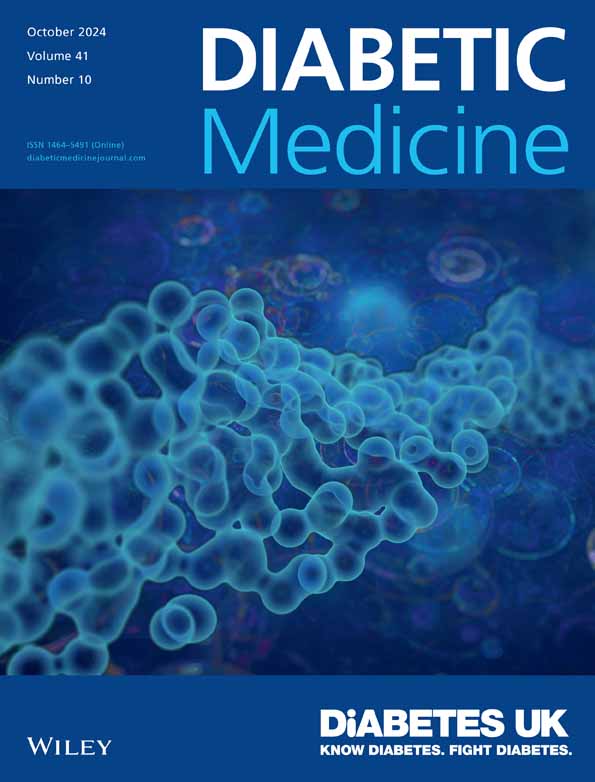A validation study of the Intentional Nonadherence Scale among people with type 2 diabetes in the United Kingdom
Abstract
Aim
To examine the psychometric properties of the Intentional Nonadherence Scale (INAS) among people with type 2 diabetes mellitus (PwT2D) in the United Kingdom.
Methods
This validation study recruited 260 PwT2D at diabetes intermediate care team clinics in London. Thirty of them participated in the test–retest reliability analysis in 2–4 weeks, while 124 were followed up in 3–6 months for the predictive validity analysis. The psychometric evaluation also comprised internal reliability, structural validity and construct validity that assessed the relationship between the INAS and other established measures, such as the Medication Adherence Report Scale-5 (MARS-5), Beliefs about Medicine Questionnaire (BMQ)-specific, Brief Illness Perception Questionnaire (BIPQ), Patient Health Questionnaire-2 (PHQ-2) and glycated haemoglobin (HbA1c).
Results
Exploratory factor analysis revealed four factors, namely ‘Resisting illness’, ‘Resisting medication’, ‘Testing treatment’ and ‘Sensitivity to medication’. All INAS factors demonstrated high internal reliability (Cronbach's alpha = 0.92–0.96). Their test–retest reliability varied between <0.001 and 0.92. Construct validity was demonstrated by its relationship with other measures, including its negative correlations with medication adherence and positive correlations with medication concerns. Significant correlations were also found with HbA1c, as well as with PwT2D's perceptions of diabetes consequences, treatment control, identity and emotional responses to diabetes. ‘Testing Treatment’ showed a trend towards statistical significance with adherence in 3–6 months (coefficient = −0.34, p = 0.09).
Conclusions
The INAS performed well on a number of psychometric properties in this study. It may be a helpful tool for clinicians in identifying specific drivers of intentional nonadherence among PwT2D.

 求助内容:
求助内容: 应助结果提醒方式:
应助结果提醒方式:


